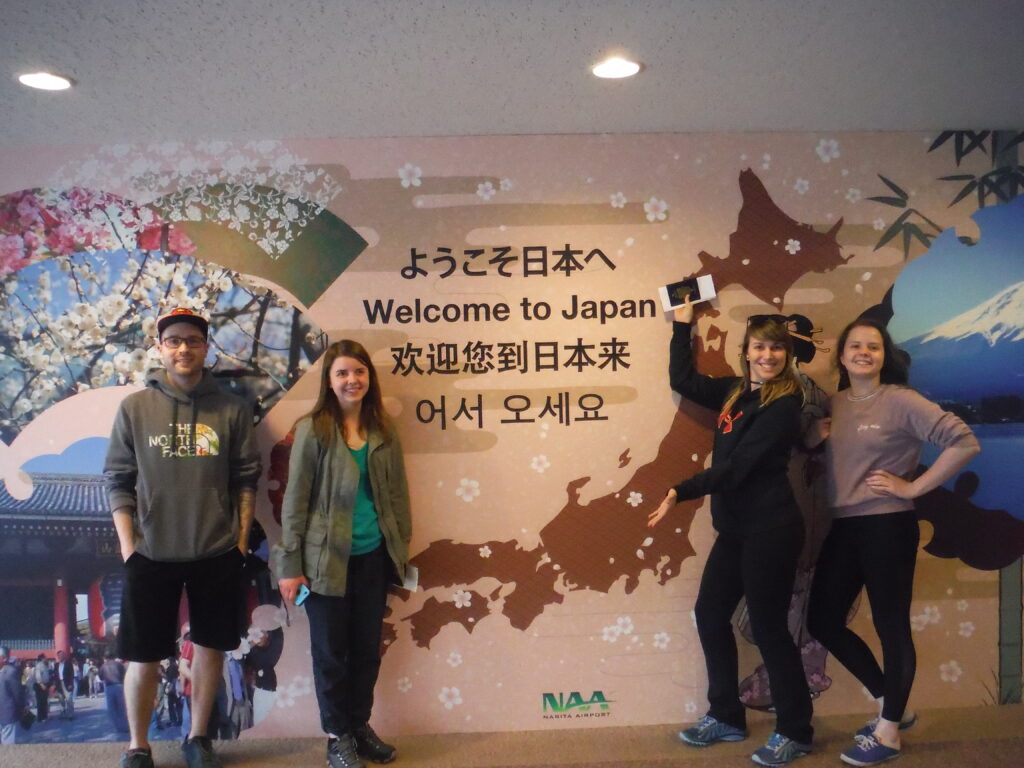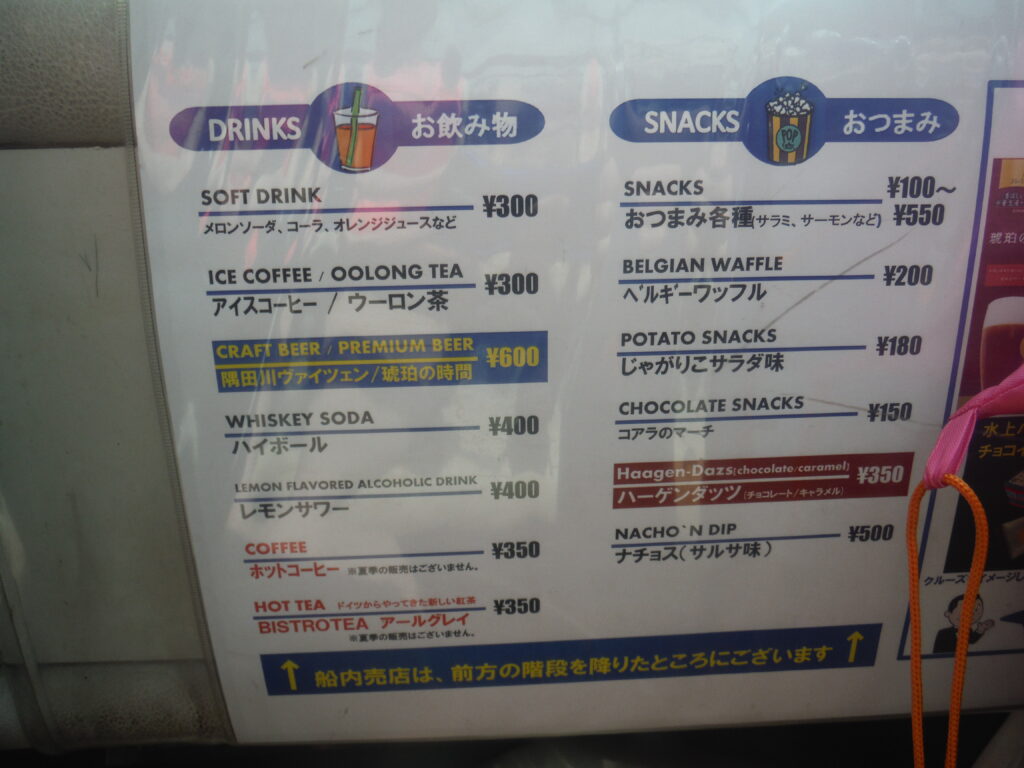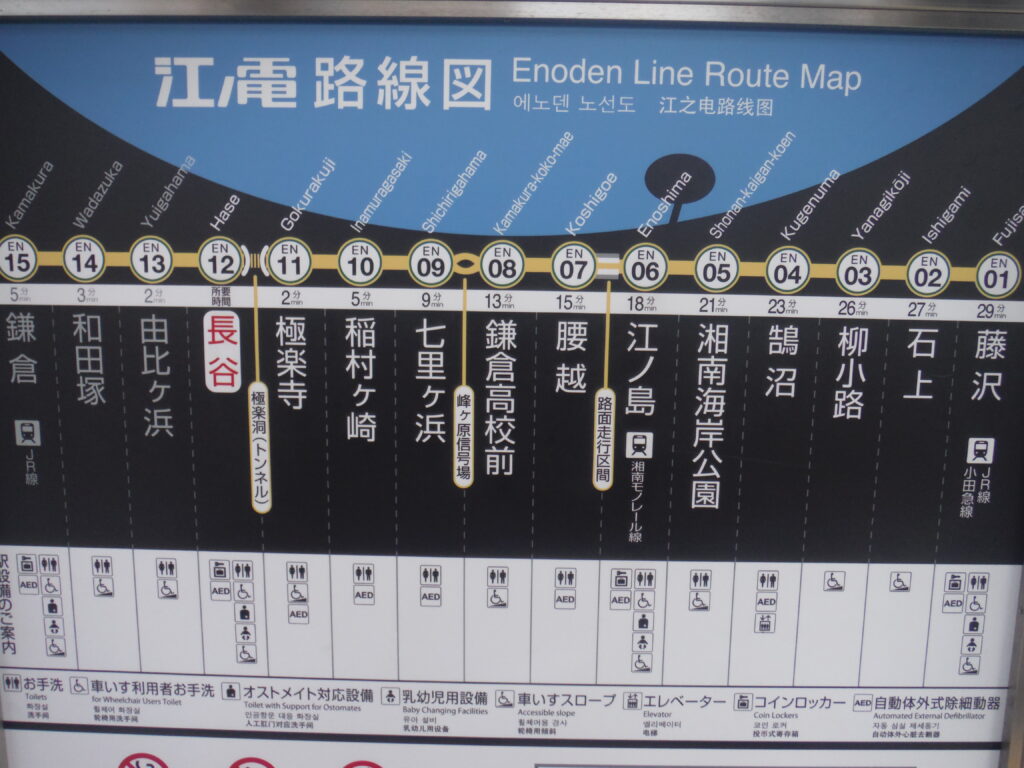Arriving as a foreigner in a different country, you want to respect that country. This trip was a 16-day language field study in Japan through my university and had some requirements.

The main requirement was the completion of both first-year Japanese courses, so we all had the basic level of Japanese. As students of Thompson Rivers University, we would be recognized as students from Canada.
Prior to leaving for Japan, our class had a few lessons on proper etiquette while there. Some rules seemed obvious, like bow when you greet someone and bow when you thank someone. We also had to debrief how to use a squat toilet, since many of us had not had the experience of using one before. As giggly as we were during this instruction, it did help a lot of us when the time came to use a squat toilet. Many places in urban centres will have Western style toilets, but the further rural you go, the squat toilet may be your only option.
Being an avid anime watcher, I felt like I had a few words and phrases under my belt before entering the Japanese language courses. I quickly found out I knew way less than I thought I did. The Japanese language has three alphabets: Hiragana, Katakana, and Kanji. I found Hiragana and Katakana fairly easy to memorize and I was able to work with various words in them. Kanji was a whole other world. The sentence structure in Japanese confused me the most and was a struggle, but I managed to understand it. However, upon entering Japan, almost every sign had Kanji on it. Many times, there were also English on the signs too, but I wanted to challenge myself in learning new words. If it was not for my basic understanding of Japanese, and how polite the Japanese people are when I asked them what the sign said, I would not have figured out many of the signs.


Being fully immersed in the Japanese culture and way of life for 16 days was a very interesting experience. Japanese people don’t eat on the go, like how we like to do in North America. If we bought a snack, we stood there and ate it. It’s frowned upon to eat and walk. Once we were done with our snack, then we continued to move. There aren’t many public trash cans on the street, so many times you carry your trash with you until you find one. There are tons of vending machines! Basically on every block! These vending machines can contain a variety of different drinks, hot or cold, and I even saw a few that had cigarettes. Japan is a cash country that does have their version of a penny. Many of us forgot what it is like having a penny, so we had to count out exact change to the yen at times.
At the end of the trip, I wanted to continue the adventure that only felt like it had just begun. My hope is to go back to Japan, revisit the places I loved, and continue seeing the places I did not get to see yet.
This is my daily journal from my Field Study in Japan:
MLAN-2700-Japan-Journal